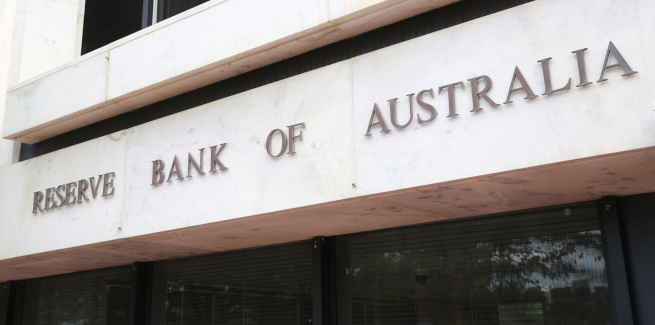On Tuesday, the Reserve Bank of Australia (RBA) left its monetary policy stance unchanged, holding the official cash rate at a record low of 0.25 per cent.
This came as no surprise, with RBA governor Philip Lowe previously stressing that the cash rate would not be adjusted for “some years to come”, with the COVID-19 crisis stifling progress towards the RBA’s employment and inflation targets.
However, in its statement on monetary policy, the RBA reiterated that it is committed to “do what it can to support jobs, incomes and businesses and to make sure that Australia is well placed for the recovery”.
“Its actions are keeping funding costs low and supporting the supply of credit to households and businesses,” the board noted.
“This accommodative approach will be maintained as long as it is required.”
But according to AMP Capital chief economist Shane Oliver, an expansion of the RBA’s quantitative easing (QE) program may be the only viable option if further stimulus is required, with fiscal policy likely to bear much of the burden.
Mr Oliver noted that other policy measures would be unlikely, given the RBA’s reluctance to move to negative interest rates and the underutilisation of the term funding facility.
“While the RBA could slice the cash rate to say 0.15 per cent, there would not be a lot of value in that, and it continues to see negative interest rates in Australia as being ‘extraordinarily unlikely’ because there is not a lot of evidence that they work,” he said.
“More cheap bank funding is an option but so far only $15 billion of the current $90 billion term funding facility has been taken up by the banks.
“It would also be hard for the RBA’s forward guidance to get more dovish than it already is.”
Mr Oliver continued: “[The] preferred approach to providing more stimulus would likely be via increased quantitative easing, allied perhaps with the introduction of a 10-year bond yield target of say around 0.5 per cent.
“So far, the RBA’s QE program of just $50 billion is puny compared to other countries. Ramped-up QE would also have the benefit of pushing the [Australian dollar] lower.”
Mr Oliver concluded by ruling out adjustments to the official cash rate.
“All up, we remain of the view that for those focused on the RBA’s cash rate, the next few years will be pretty boring,” he said.
“The cash rate is at the RBA’s long stated lower bound, [and] it will be years before it can be raised because there is so much inflation zapping spare capacity in the economy.”
[Related: RBA strategy stable ahead of September ‘shock’]

